#bee mimic
Explore tagged Tumblr posts
Text
The Oriental Blue Clearwing Moth: these moths were regarded as a "lost species" for more than 130 years, until they were finally sighted again in 2013
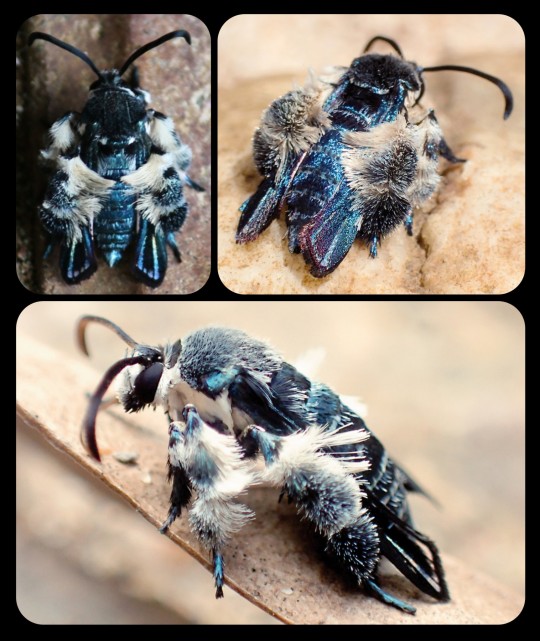
For more than 130 years, the Oriental blue clearwing moth (Heterosphecia tawonoides) was known only from a single, badly damaged specimen that was collected in Sumatra in 1887. There were no recorded sightings of this species again until 2013, when entomologist Dr. Marta Skowron Volponi unexpectedly found the moths feeding on salt deposits that had accumulated along the riverbanks in Malaysia's lowland rainforest.
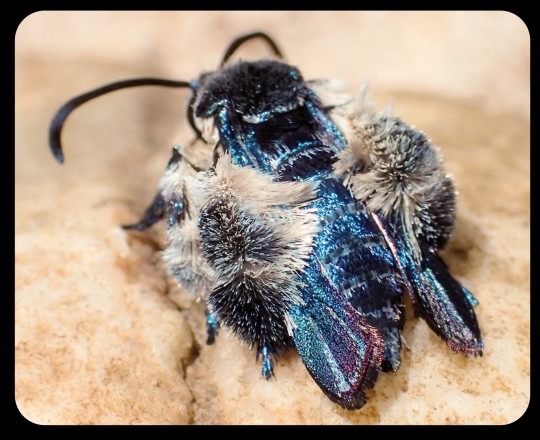
These moths were observed by researchers again in 2016 and 2017, and research indicates that the moths are actually bee-mimics, as they mimic the appearance, sound, behavior, and flight patterns of local bees. Their fuzzy, bright blue appearance might seem a little out of place for a bee-mimic, but those features do appear in several different bee species throughout Southeast Asia.
When the moths are in flight, they bear a particularly strong resemblance to the bees of the genus Thyreus (i.e. cuckoo bees, otherwise known as cloak-and-dagger bees), several of which are also bright blue, with banded markings, dark blue wings, fuzzy legs, and smooth, rounded antennae. The physical resemblance is compounded by the acoustic and behavioral mimicry that occurs when the moths are in flight.
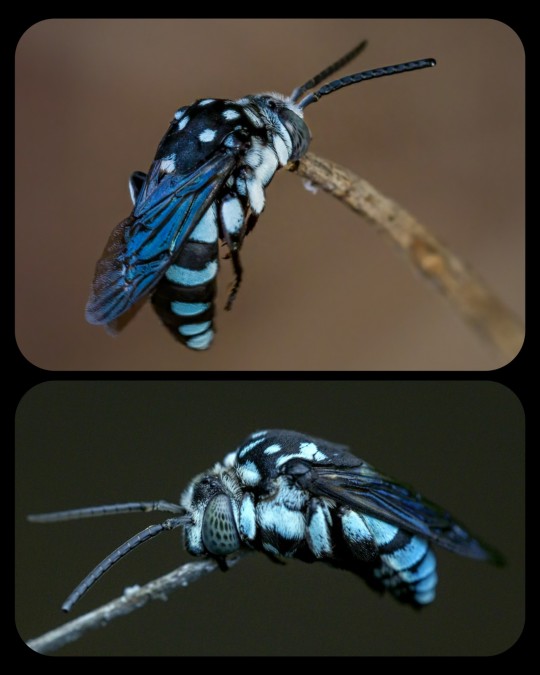
Cloak-and-Dagger Bees: the image at the top shows an Indo-Malayan cloak-and-dagger bee (Thyreus novaehollandiae) in a sleeping position, holding itself upright with its mandibles clamped onto a twig, while the image at the bottom shows a Himalayan cloak-and-dagger bee (T. himalayensis) resting in the same position
The moths also engage in "mud-puddling" among the various bees that congregate along the riverbanks; mud-puddling is the process whereby an insect (usually a bee or a butterfly) draws nutrients from the fluids found in puddles, wet sand, decaying plant matter, carrion, animal waste, sweat, tears, and/or blood. According to researchers, the Oriental blue clearwing moth was the only lepidopteran that was seen mud-puddling among the local bees.
Dr. Skowron Volponi commented on the unusual appearance and behavior of these moths:
You think about moths and you envision a grey, hairy insect that is attracted to light. But this species is dramatically different—it is beautiful, shiny blue in sunlight and it comes out during the day; and it is a master of disguise, mimicking bees on multiple levels and even hanging out with them. The Oriental blue clearwing is just two centimeters in size, but there are so many fascinating things about them and so much more we hope to learn.
This species is still incredibly vulnerable, as it faces threats like deforestation, pollution, and climate change. The president of Global Wildlife Conservation, which is an organization that seeks to rediscover "lost species," added:
After learning about this incredible rediscovery, we hope that tourists visiting Taman Negara National Park and picnicking on the riverbanks—the home of these beautiful clearwing moths—will remember to tread lightly and to take their trash out of the park with them. We also recommend that Americans learn about palm oil production, which is one of the primary causes of deforestation in Malaysia.
Sources & More Info:
Phys.org: Bee-Mimicking Clearwing Moth Buzzes Back to Life After 130 Years
Mongabay News: Moth Rediscovered in Malaysia Mimics Appearance and Behavior of Bees to Escape Predators
Journal of Tropical Conservation Science: Lost Species of Bee-Mimicking Clearwing Moth, H. tawonoides, Rediscovered in Peninsular Malaysia's Primary Rainforest
Frontiers in Zoology: Southeast Asian Clearwing Moths Buzz like their Model Bees
Royal Society Publishing: Moving like a Model - mimicry of hymenopteran flight trajectories by clearwing moths of Southeast Asian rainforests
Medium: Rediscovery in a Glint of Blue
re:wild.org: The "Search for Lost Species" Project
#lepidoptera#moths#heterosphecia tawonoides#oriental blue clearwing moth#entomology#insects#cute bugs#nature#animals#lost species#mimicry#evolution#bees#southeast asia#Malaysia#colorful moths#bee mimic#science
1K notes
·
View notes
Text
Bee mimicking flies wallpaper I made

Plus here's a better look and fully repeating pattern
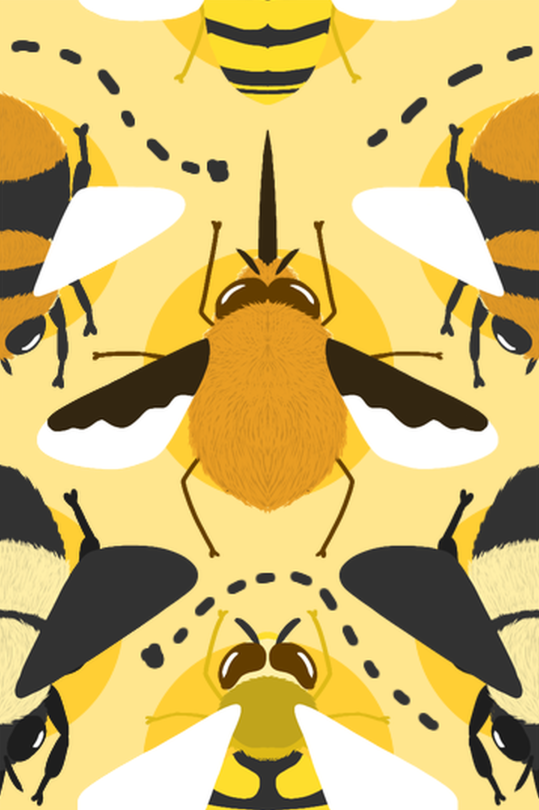
#art#my art#insects#insect art#bugs#bug art#flies#diptera#fly art#beefly#hoverfly#deernose botfly#robber fly#wallpaper#mimicry#bee mimic
238 notes
·
View notes
Text

#insect#hoverfly#bee mimic#fly#photographers on tumblr#textless#amadee ricketts#arizona#macro#flower#wildflowers#yellow#summer#july#face#eye
56 notes
·
View notes
Text



Love on a leaf!



Not gonna lie, this situation is kinda... hot.
조잔벌붙이파리 (Conops flavipes)
#photographers on tumblr#my photography#art#original photographers#lensblr#photography#insect photography#wildlife photography#macro photography#nature photography#nature#naturecore#insect#conopidae#thick-headed fly#flies#bee mimic#bugblr#entomology#bug sex#september 11 2024#noai#no to generative ai
36 notes
·
View notes
Text
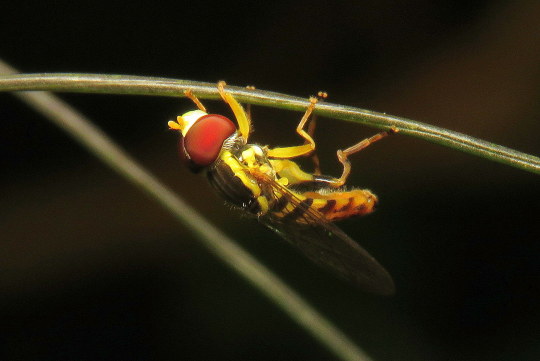
Bug of the Day
A wee hoverfly (Toxomerus geminatus) resting on a blade of fennel.
#hoverfly#Eastern calligrapher#bee mimic#fly#Toxomerus geminatus#Toxomerus#Syrphidae#Diptera#insect#that's not a bee!#bug of the day#BotD
210 notes
·
View notes
Text


Look at how cute this soldier fly is <3 While these flies do not bite or sting, their coloration mimics a bee or wasp as protection from predators. Stratiomys maculosa, Northern California
#soldier fly#Stratiomys maculosa#Stratiomyidae#sploot#bee mimic#wasp mimic#fly#diptera#flies are cool#pollinators#mimicry#nature#bugs#nature photography#biodiversity#animals#bugblr#inaturalist#arthropods#entomology#insect appreciation#invertebrates#cute bugs#buzz buzz#cute#floof#cute animals#macro#macro photography
23 notes
·
View notes
Text

Day 7: Common Banded Hoverfly
My favourite little guys! They mimic bees and are very good at it
70 notes
·
View notes
Text






Some bugs and slug I’ve seen recently
13 notes
·
View notes
Text
I just found out there is a bee moth.
Give me like 45 minutes to one hour and I will write about this creature. Because
Its
So cute
And cool
And I love it
So so so much
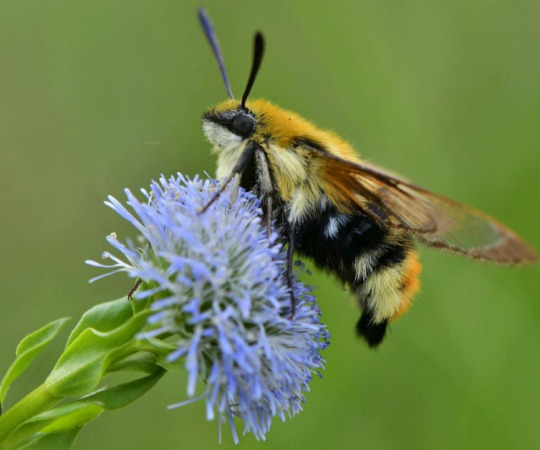

Just
Look at this
Btw, it can come to my country. Yea, I’m going to be outside a lot when it comes back here
#Bee moth#bee mimic#yea#give me some time#sadly I can’t research it rn#Because#yay#school#but I will#moths
53 notes
·
View notes
Text
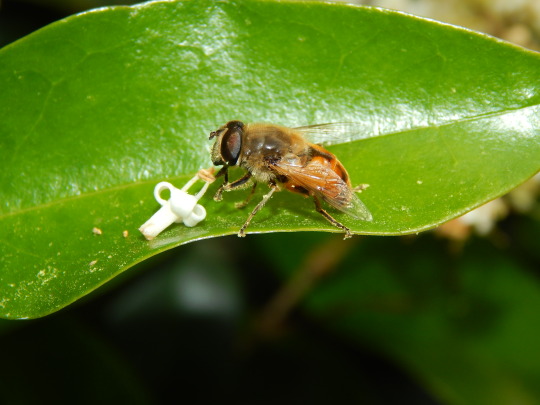
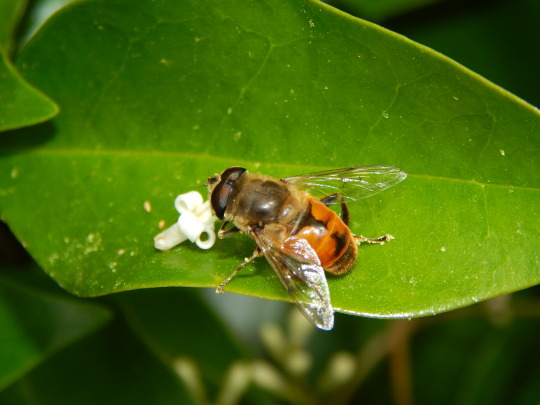
What a wonderful find!!!!! Eristalis tenax, the common drone fly, and one of the largest & most wide-spread bee mimic syrphid flies globally. Seen resting on an ornamental bush, and posing very nicely for me to take its photo. My iNaturalist 📸: Nikon COOLPIX L820
3 notes
·
View notes
Text
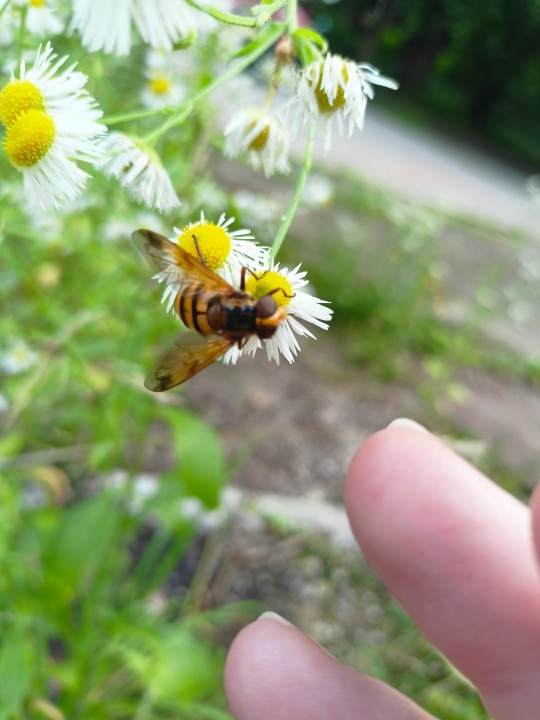
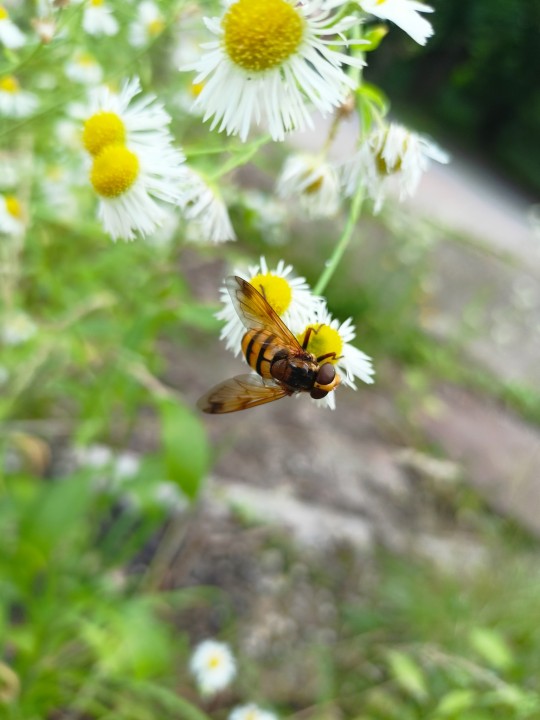
I can't believe I reblogged/ learned about the guy yesterday and today I met them in person. Volucella inanis as it seams// Trzmielówka dorodna
5 notes
·
View notes
Text
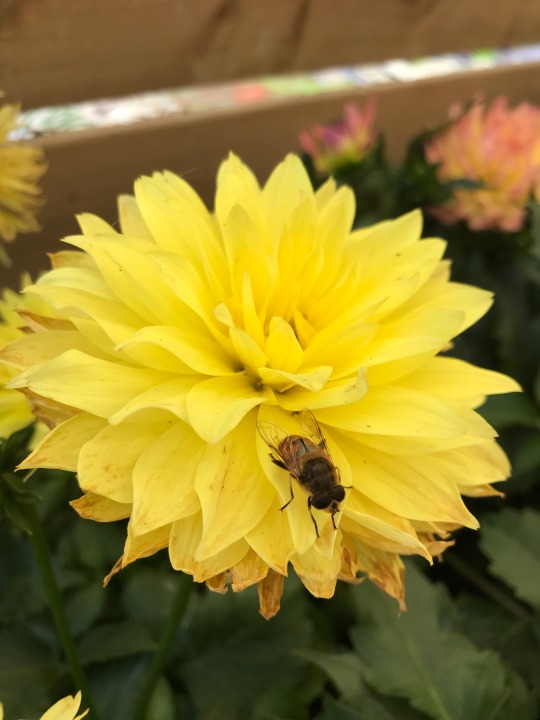
2 notes
·
View notes
Text


#insect#fly#bee mimic#flower#photographers on tumblr#textless#amadee ricketts#arizona#macro#yellow#in the yard#summer#august
41 notes
·
View notes
Text




Bumblebee-mimic fluffy and deadly robber fly!
빨간뒤영벌파리매 (Laphria rufa)
#photographers on tumblr#my photography#original photographers#lensblr#photography#insect photography#wildlife photography#macro photography#nature photography#nature#naturecore#insect#robber fly#asilidae#bee mimic#bugblr#entomology#I thought they were queen bumblebee or something#imagine get sucked by that labellum#nightmare#so big#so huge#may 17 2024#no ai#noai#no to generative ai
44 notes
·
View notes
Text
cannot believe i didn't know soldier flies existed until just now. just met one. i thought she was a bee because she's a bee mimic! as a result i relocated her with the darkened orb™ (halloween orb crystal ball thing from the dollar store) which needless to say she was none too enthused about but she was happy to get back outside. fly on soldier, you're helping the environment
1 note
·
View note
Text
The correct answer is A! The other two are flies mimicking bees/wasps.
A: Augochlora pura, a species of sweat bee
B: Sphecomyia vittata, long-horned yellowjacket fly
C: bee mimicking hover fly in family Syrphidae, species unknown
I’ll post more about each creature in the coming days.
Let’s play “Will it sting?”
(insert tacky game show music)
Creature A:

Creature B:

Creature C:

I'll post the answer at the end of the poll and link back to it here.
26 notes
·
View notes